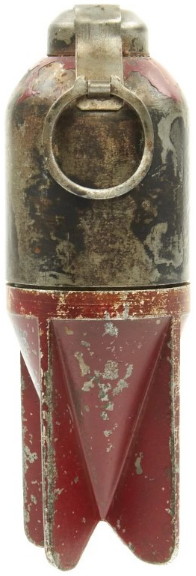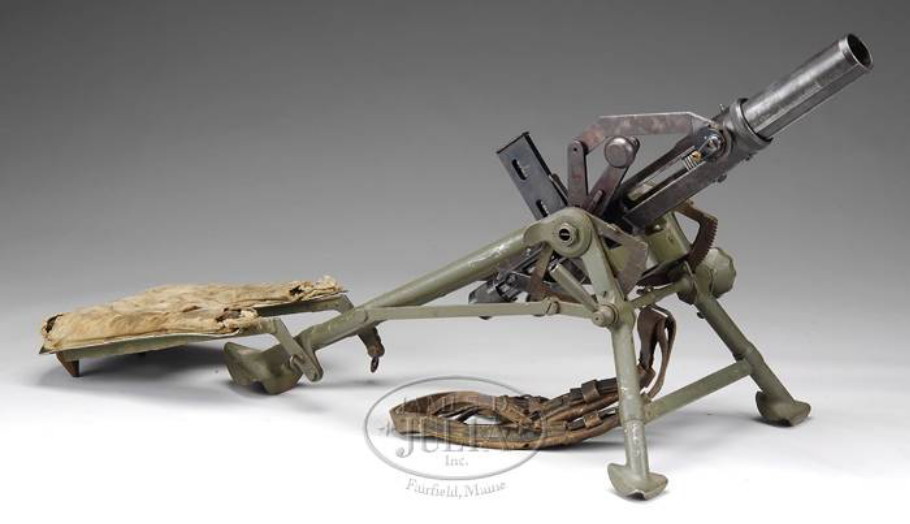The Brixia Modello 35 was a light infantry mortar to provide indirect fire support against enemy positions at platoon level and was based on a 45mm light fragmentation projectile weighing 16.4 ounces (465 grams) and able to reach target areas out to about 580 yards (530 meters). The mortar was approved for service in October 1935 and was called “Mortario d’assalto 45/5 Brixia, Modello 35” and was usually operated by a two-man crew. One of the key limitations of the Model 35 was its use of a 45mm (1.8-inch) projectile and that limited its effectiveness in part to its lightweight design and low charge. While still effective at close quarters as a fragmentation mortar, the effectiveness was dissipated by distance firstly but also the low charge. What also made it unusual was, in contrast to mortars in general, it was loaded from the breech of the launch tube as opposed to the muzzle. The mortar also did not carry its own charge but was charged by a modified 6,5mm Carcano blank via a 10-shot magazine. Although relatively ineffective against armoured vehicles, it did prove effective to cover advancing infantry.
A trained and experienced crew could fire more than ten rounds per minute with an elevation of between 10 – 90 degrees with a 20-degree traverse to either side. Ranging was done through a vent system and by closing the ports, range was maximised to about 530 meters while opening the ports gave about a 320-meter range.
The Brixia Model 35 was used throughout the War and even by German troops in North Africa when supplies ran short. It was operated under the designation of “4.5cm Granatwerfer 176(i)” – the “i” signifying their Italian origin and manuals in German was available to the troops. The Brixia was in operation until the about 1950.






